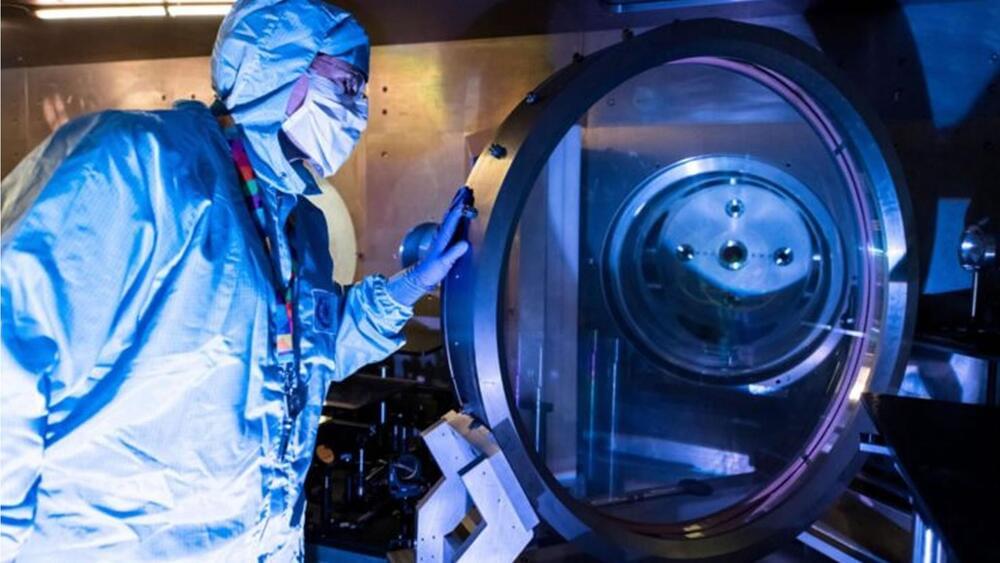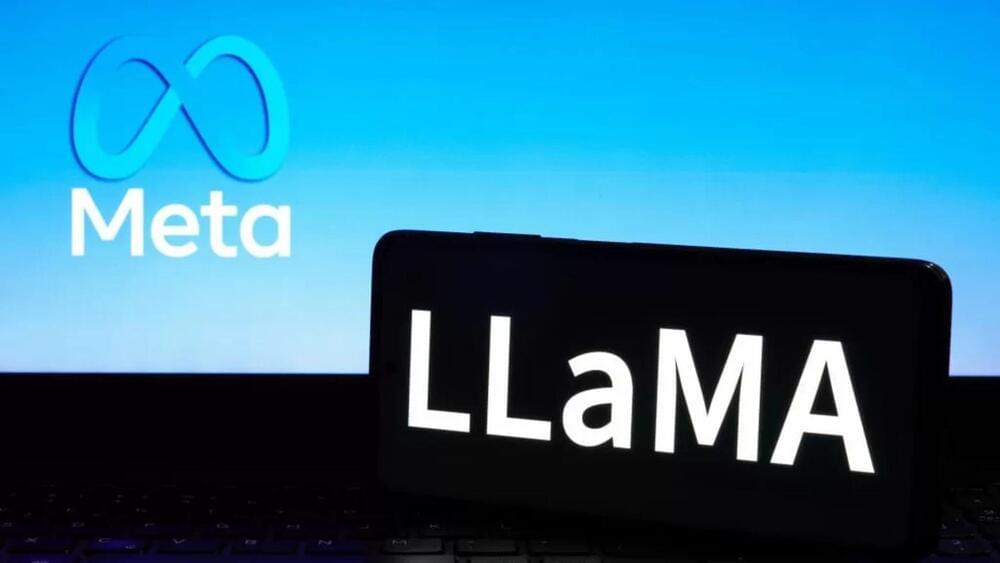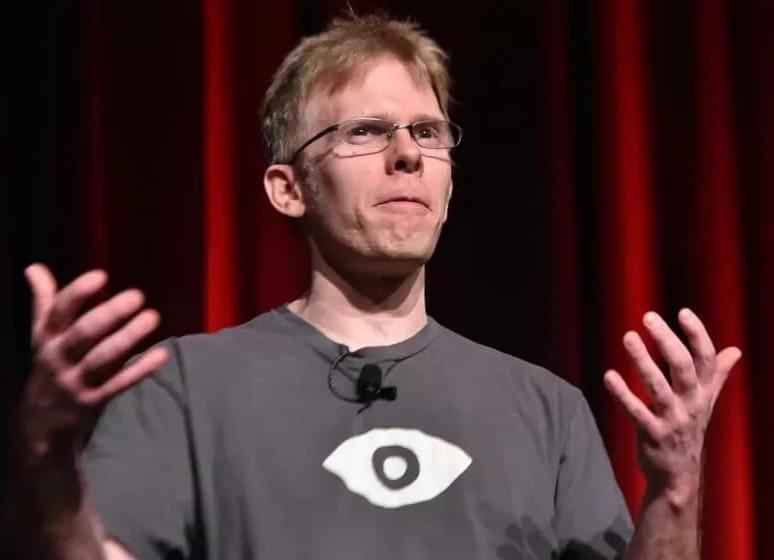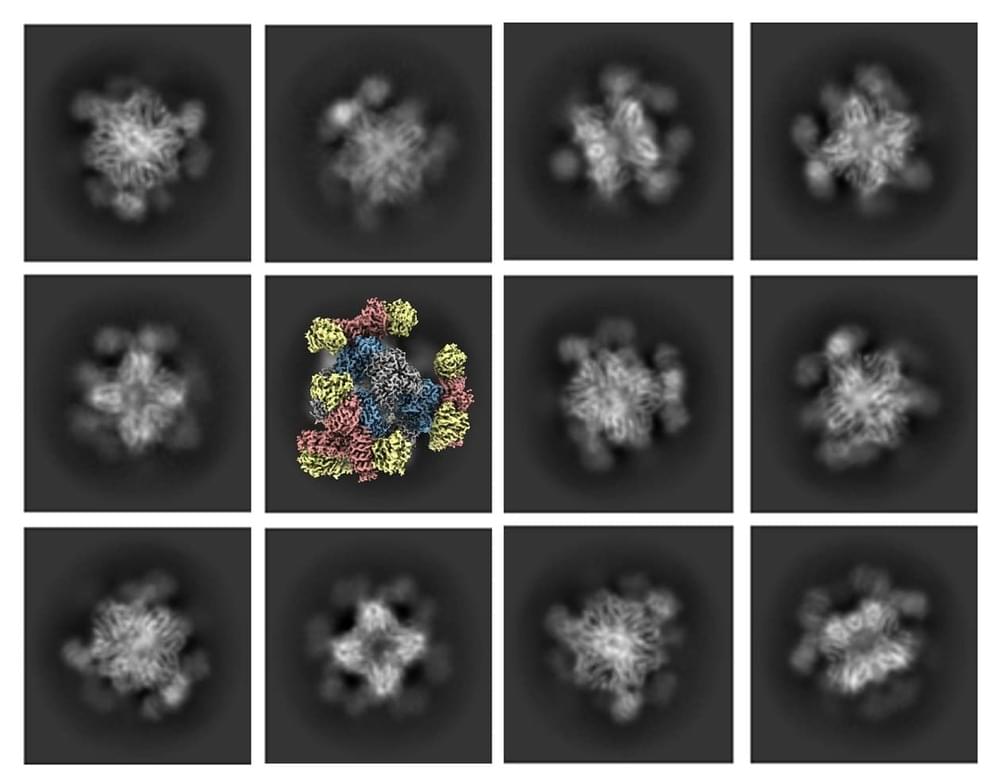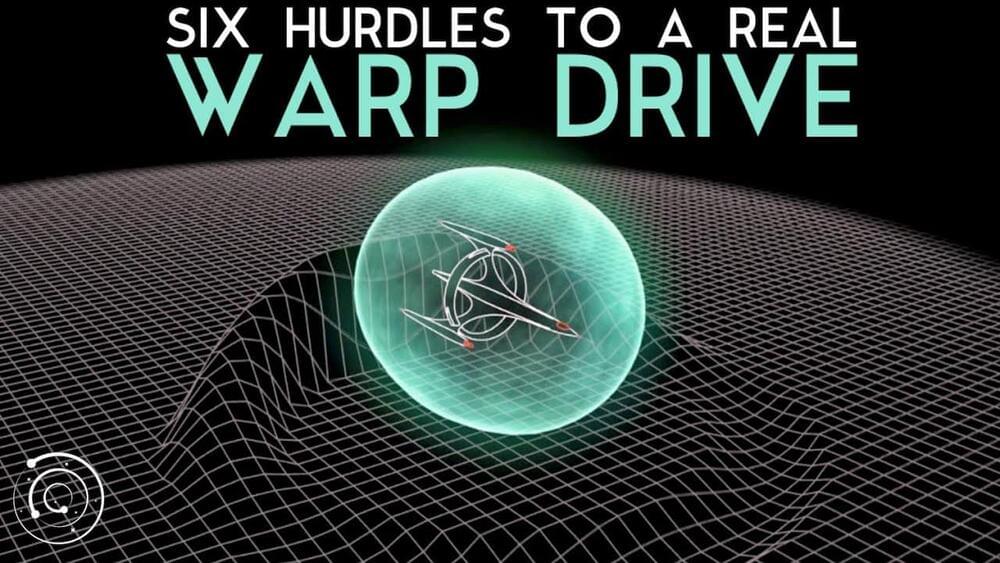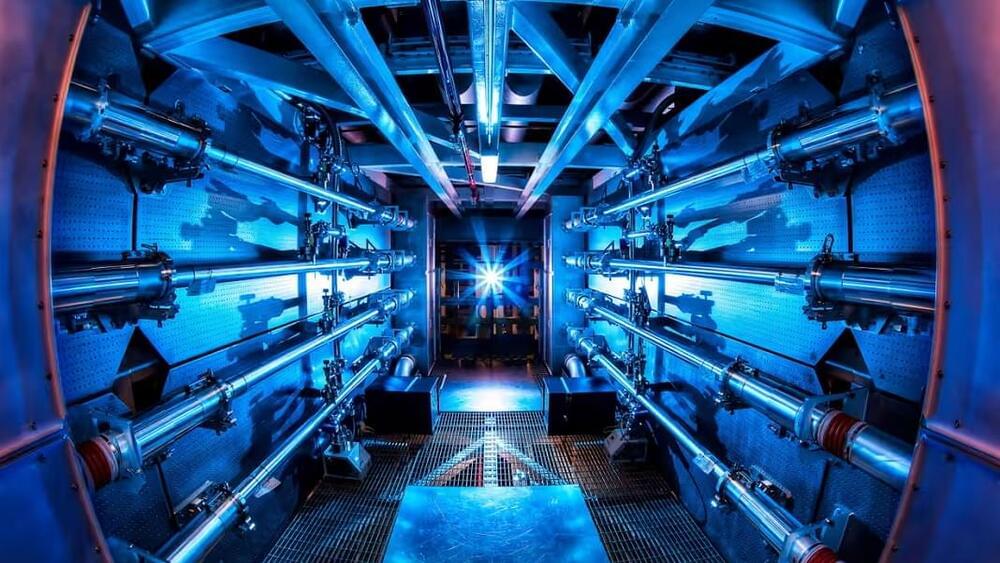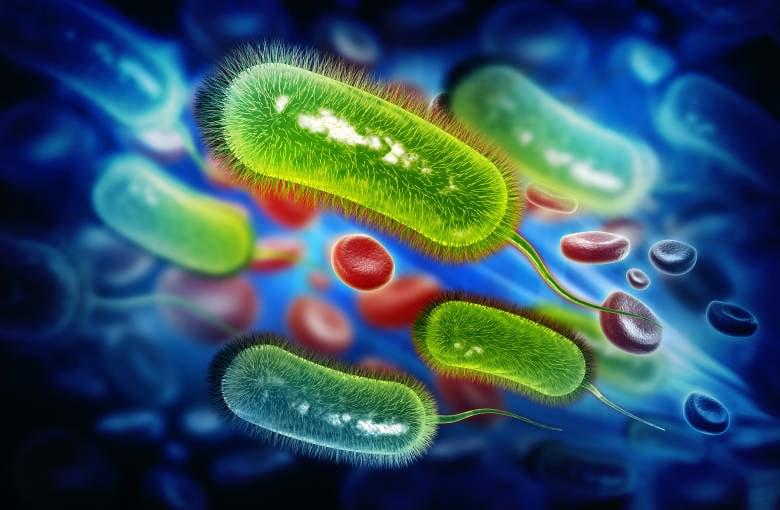Oct 2, 2023
UK to build world’s most powerful laser than to £85m cash injection
Posted by Gemechu Taye in category: innovation
The UK Research and Innovation (UKRI) has agreed to provide £85 million in funding to build what has been called “the world’s most powerful laser.”
The UK Research and Innovation (UKRI) has awarded £85 million (roughly $103 million) to the Science and Technology Facilities Council (STFC) Central Laser Facility (CLF) to build what will become the world’s most powerful laser. The investment will support a major upgrade to the CLF, including the centerpiece “Vulcan 20–20 laser.”
UKRI
Continue reading “UK to build world’s most powerful laser than to £85m cash injection” »
